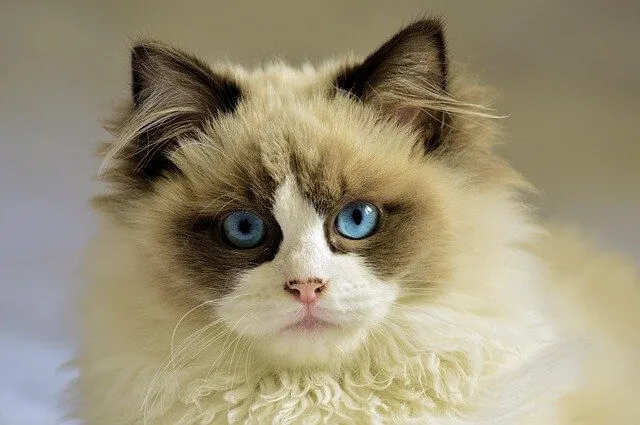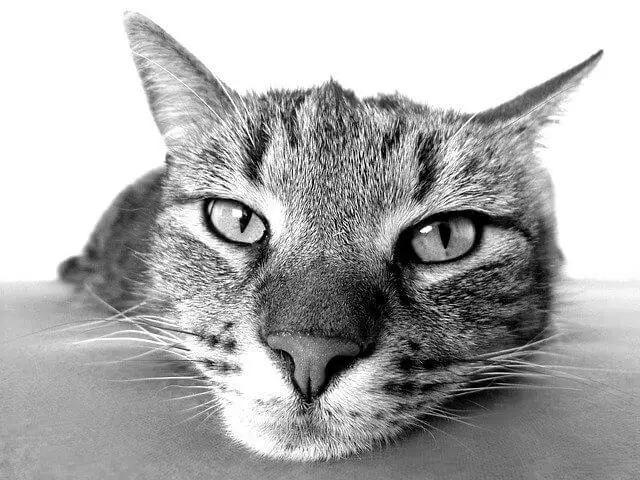Preventing and Managing Obesity in Indoor Cats: A Comprehensive Guide
Introduction:
– The Prevalence of Obesity in Indoor Cats
– Understanding the Risks and Consequences
Obesity is a growing concern for indoor cats, as they often lead sedentary lifestyles and have limited opportunities for exercise. This comprehensive guide aims to provide cat owners with the necessary knowledge and tools to prevent and manage obesity in their beloved feline companions.
Section 1: Creating a Healthy Environment for Indoor Cats
– Providing Ample Physical Activity Opportunities: Indoor cats need regular physical activity to maintain a healthy weight. This section will explore different ways to encourage exercise, such as providing climbing structures, scratching posts, and interactive toys.
– Engaging Indoor Toys and Interactive Playtime: Interactive toys and playtime sessions can help stimulate your cat’s natural hunting instincts and provide mental and physical stimulation.
– Encouraging Regular Exercise Routines: Incorporating regular exercise routines into your cat’s daily life can help keep them active and prevent weight gain.
Section 2: Establishing a Well-Balanced Diet
– Feeding Guidelines and Portion Control: Understanding the appropriate portion sizes and feeding guidelines for your cat’s age, weight, and activity level is essential in preventing obesity.
– Choosing the Right Cat Food: This section will provide information on selecting high-quality, nutritionally balanced cat food that meets the specific dietary needs of indoor cats.
– Incorporating Nutritious Treats and Snacks: Treats and snacks can be a part of your cat’s diet, but it is important to choose healthy options and limit the quantity to prevent weight gain.
Section 3: Monitoring and Managing Weight
– Regular Weigh-Ins and Body Condition Scoring: Monitoring your cat’s weight and body condition regularly can help identify any weight gain or loss. This section will guide you on how to perform body condition scoring and when to seek veterinary advice.
– Consulting with a Veterinarian for Professional Advice: A veterinarian can provide valuable insights and guidance on managing your cat’s weight. This section will highlight the importance of professional advice in creating a weight management plan.
– Establishing a Weight Loss Plan: If your cat is already overweight, developing a weight loss plan in consultation with your veterinarian is crucial. This section will provide tips on setting realistic goals and gradually implementing lifestyle changes.
Section 4: FAQs about Preventing and Managing Obesity in Indoor Cats:
This section will address common questions and concerns cat owners may have regarding obesity in indoor cats. Some of the questions include:
1. How can I tell if my indoor cat is overweight?
2. Are there specific cat breeds prone to obesity?
3. Can spaying or neutering affect a cat’s weight?
4. Should I free-feed my cat or stick to scheduled mealtimes?
5. Are there any weight loss supplements or medications for cats?
6. How long does it take for a cat to lose weight safely?
7. Can I create a homemade diet for my overweight cat?
8. Are there any specific health conditions that can contribute to feline obesity?
9. How can I help my indoor cat stay mentally stimulated while managing their weight?
10. Are there any alternative feeding methods to slow down eating and aid weight management?
Conclusion:
In conclusion, preventing and managing obesity in indoor cats is crucial for their overall health and well-being. By creating a healthy environment, establishing a well-balanced diet, monitoring weight, and seeking professional advice, cat owners can help their feline companions live long and happy lives free from the risks associated with obesity.








